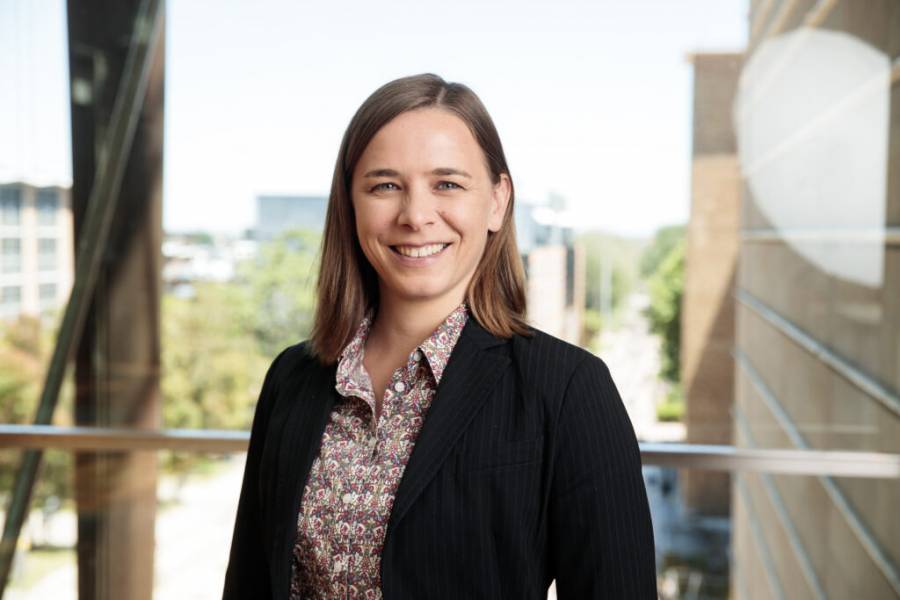
For decades, we’ve been losing up to half of our best potential young researchers, women. Many were put off maths and science at a young age by stereotypes and bias, and others were lost to research in their 30s through lack of career support. The reasons are complex, but the result is a cultural, academic, economic and social loss for Australia.
A national effort to improve gender equity and support career paths in STEM has been rolling out across Australia in recent years. A report by the Australian Academy of Science and the Australian Academy of Technology and Engineering in 2019 identified more than 300 gender equity programs.
With over 300 women in STEM programs happening around Australia, what can we learn for the future growth of women in STEM? That’s the question posed by the new guide to evaluating STEM gender equity programs, published by Australia’s Women in STEM Ambassador, Professor Lisa Harvey-Smith and her team.
The guide is a key initiative under the Australian Government’s advancing women in STEM 2020 action plan. It provides practical tools for everyone involved in gender equity to assess the difference they’re making, and to inform the development of future projects.
“If you don’t measure it, you can’t improve it,” says Isabelle Kingsley, the author of the guide and a research associate in the Office of the Women in STEM Ambassador.
“We want the guide to be a practical resource for leaders of STEM gender equity programs. We break it down into a simple step-by-step approach that can be applied to any gender equity program, or any program for that matter,” she says.
“We see the guide as a pilot and we’re keen to get feedback from users so we can refine it throughout 2020,” says Lisa.
To read the guide to evaluating STEM gender equality programs, go to the Women in STEM Ambassador website.
For more information on the Advancing women in STEM strategy, go to the Australian Government Department of Industry, Science, Energy and Resources website.
